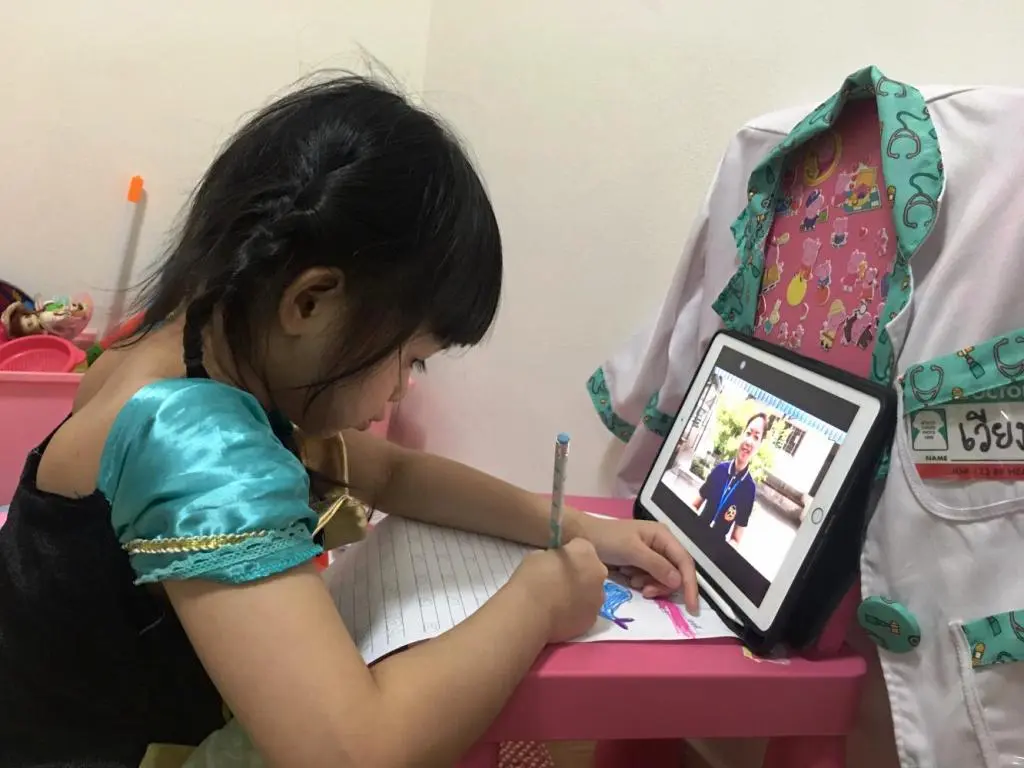Learning
Introducing Kids to Integrated Computer-Science Early

By introducing kids to coding early, you’re giving them the tools they need to succeed in today’s world. I’ve studied computer-science in the early 2000s, and it is one of the best things of my life to study computer-science in the early days.
Early exposure to computer-science helps children to look at everything in a methodical way. When you look at Alexa, you know the algorithms working behind. When you look at a robotic toy or a laptop, you know the hardware that is working behind and how you can mentally construct the route from transistors to the end-user device that is in front of you.
Developing Computational Thinking in Children
Computational thinking has been the bedrock of all progress in the last three decades and it is going to continue in the same direction into the future. Coding and Computer-Science has been seen to be the single largest influencer to teach computational thinking to children. Computational thinking is a type of analytical thinking by using algorithms, sequences, debugging, structuring of data, and more to solve problems. It is similar to mathematical thinking, logical thinking, and scientific thinking, but uses computational structures to lead those thinking processes.
The “Coding as a Playground Approach” to teaching children
On these lines, the world is approaching coding for children in a “Coding as a Playground” approach. Coding as a Playground is approaching coding as a new language for children where they can learn to code at a young age through fun, play and creativity. At UnicMinds Coding For Kids, we take great care in putting together the curriculum for children in various programming languages and computer-science subjects.
We ensure that children are getting the complete 360 degree knowledge in terms of how the computing world works. For example, even when we are teaching a course to kids in computer networks, we teach the fundamentals of how processors and network cards are made at a chip level.
Similarly, even when we are teaching children Python, we give them useful basics on how binary search trees are far more efficient than linear arrays with practical and relatable examples and exercises.
We consciously make sure the homework assignments and classwork assignments that we make children do have specific cross-learning applications and opportunities for children to explore and learn and fit the puzzle together to get the big picture of the computational world.
Computer-Science in Schools and After-school programs
Schools across the world have incorporated computer-science in their curriculums long back. For example, the United Kingdom published a national curriculum in 2013 that incorporates computer science in the early years.
In Finland, all elementary students have been required to learn coding since 2016. Estonia, Ireland and Italy also followed to include computing in kids early education curricula. But, schools across are doing a bit of everything to call themselves STEM or STEAM compliant. With respect to computing, children largely need a strong integration of computer-science, mathematics, robotics, electronics, and coding.
Often schools are failing to provide a strong foundational integration of these subjects, and therefore after-school programs have become popular to help children in these areas. It is also probable that often the teachers in schools are probably not in the best place to teach an integrated computer-science curriculum.
As parents, we tend to also think that it is okay as long as they’re learning something around these subjects. We may even doubt if kids can really understand some of these difficult topics, and if it will overburden them.
Yes, the instructors should strike a balance and move the structure of the discussions and curriculum by deviating as per the student. But with strong experience in teaching kids, we realized to our own surprise that children can pick difficult concepts if explained in the right manner with right practical examples connecting to their existing knowledge.
How are kids and teenagers able to comprehend complex topics?
Personally, I studied packet-analysis tools such as WireShark and tcpdump during my fourth year of graduation. Today, in our Ethical Hacking Awareness and CyberSecurity course, teenagers aged 14-17 years are able to pick these concepts and use tools and platforms such as WireShark and Linux to get a practical understanding of computer networks and security.
So, a lot is changing in the world today, and it is not because today’s children are smarter. It is primarily happening because the way the concepts are explained today is very different from how they were explained when I was studying them 20 years back. In my entire college, probably there would have been only two or three students who would play with these tools during my graduation time whereas now there are so many experts in these tools, and we have a much stronger understanding of how they work and how they should be explained effectively to somebody who wants to understand them.
Conclusion
Research has time and again proved the tremendous positive development witnessed in introducing computer-science, coding, and robotics early to children.The introduction of STEM programs into childhood education has been based on the tangible aspects of working with robotics, which reinforce the development of fine motor skills, and the need to introduce young children to coding early on before stereotypes are formed.
Children have exceptional fun when they’re truly learning something – I had a student yesterday tell me “I never really thought that there are transistors in a processor and that makes a lot of sense to me now on how processors do what they do”. So, put your children into any computer-science courses and help them along on a journey of discovery, learning, and fun, even if they may not necessarily become a computer-scientist.
Hope this is useful, thank you.
This post is written by Sai Balivada, Co-Founder at UnicMinds.































